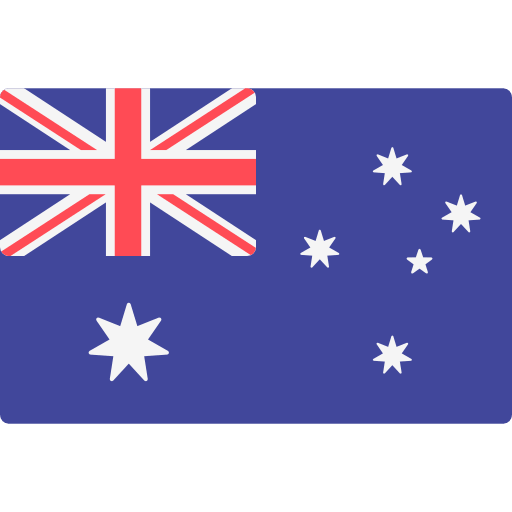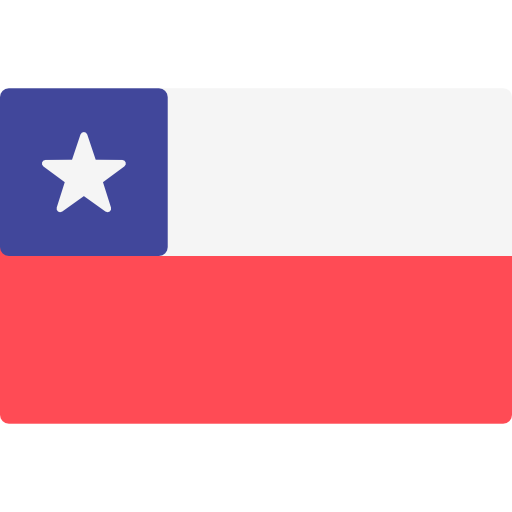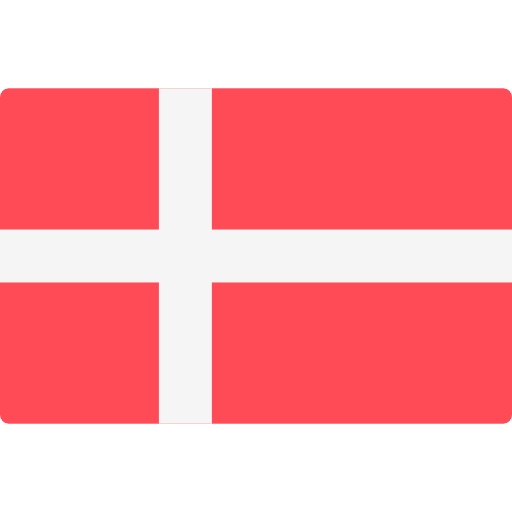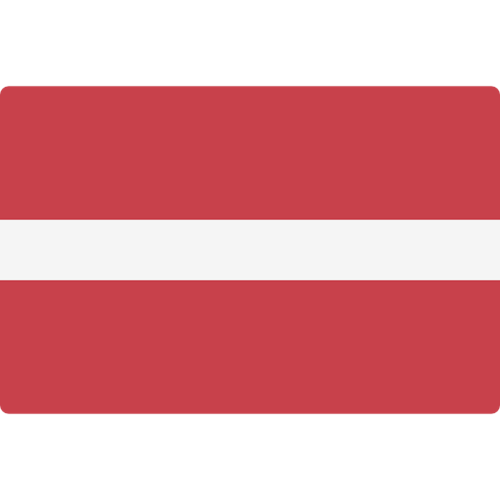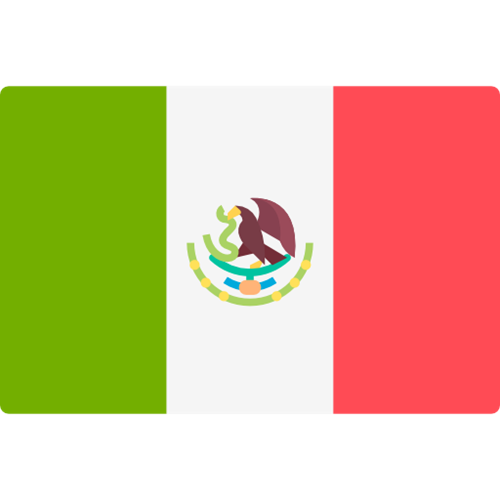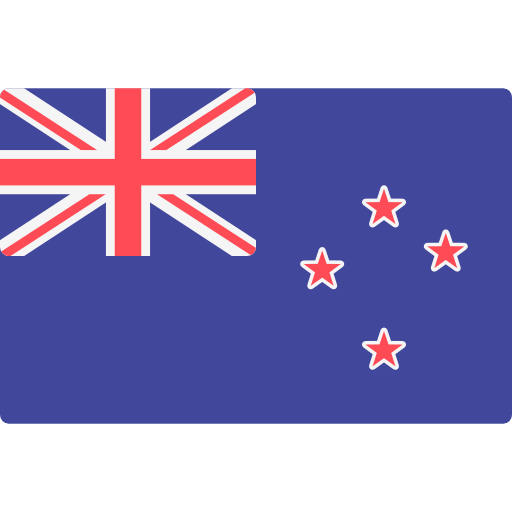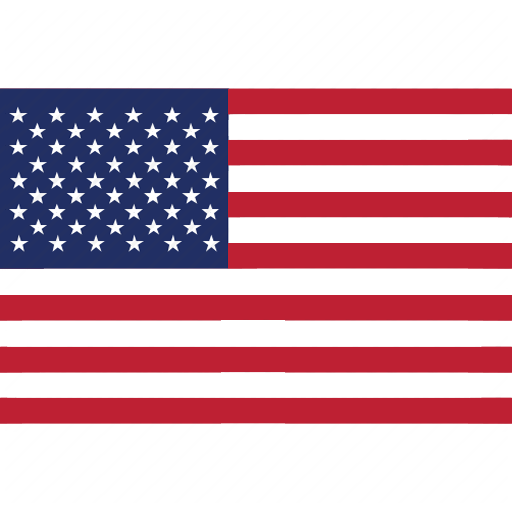Chemicals | Monthly bulletin | April 2025


New European initiative related to Persistent Organic Pollutants
On the 18th of February 2025, the European Commission opened a feedback period to recompile information to prepare several draft acts related to the Persistent Organic Pollutants (POPs) which are defined in the Stockholm Convention. The European initiatives are:
This act concerns PBDEs (included in Annex I of Regulation (EU) 2019/1021). It amends the limit value for the presence of PBDEs in mixtures or articles.
This initiative amends the PCB entry in Annex I by specifying an unintentional trace contaminant limit value, which is the maximum concentration at which PCB may be unintentionally present in substances, mixtures or articles.
The European Commission also published a proposed position to be taken on behalf of the European Union at the 12th meeting of the Conference of the Parties to the Stockholm Convention on Persistent Organic Pollutants ,as regards the requests for extension of specific exemptions and the proposals for amendment of Annex A to that Convention.
For more information, consult the official publication in European Commission website here.
The Parliament comments on proposed detergent regulation
On the 17th of March 2025, the European Commission published a proposal on detergents and surfactants, amending Regulation (EU) 2019/1020 and repealing Regulation (EC) No 648/2004. The European Parliament adopts its position at first reading and calls on the Commission to refer the matter to Parliament again if it replaces, substantially amends or intends to amend its proposal.
For reading the first reading publication, consult the European Commission website here.
Recent publications on REACH Regulation
The following table provides a non-exhaustive summary of some recent updates regarding REACH Regulation (EC) No 1907/2006:
|
Summary of the most recent updates |
||
|
Date |
Subject |
Link |
|
06/02/2025 |
Dangerous substances – List of authorisation decisions taken by the EEA EFTA States in the first half of 2024 in accordance with Article 64(8) of Regulation (EC) 1907/2006 (REACH) was published. |
For more information, consult the European Commission website here. |
|
17/02/2025 |
In its February meeting, the Member State Committee adopted its opinion on the draft Community Rolling Action Plan for 2025-2027. The plan, which will be published in March, covers 28 substances to be evaluated by the Member States. |
For more information, consult the ECHA’s website here. |
|
17/02/2025 |
The Candidate List reference substances package for SCIP notifications has been updated and includes:
|
For more information, consult the ECHA’s website here. |
|
18/02/2025 |
Report from the Commission to the European Parliament and the Council on communication on the safe use of chemical. |
For more information, consult the European Commission website here. |
|
19/02/2025 |
The ECHA (European Chemical Agency) has shared its intention to classify N-hexane (EC 203-777-6, CAS 110-54-3) as an SVHC. |
For more information, consult the ECHA’s website here. |
Interesting resources on REACH Regulation on the ECHA’s website
- Registry of restriction intentions until outcome - ECHA (europa.eu)
- Registry of SVHC intentions until outcome - ECHA (europa.eu)
- Substance evaluation - CoRAP - ECHA (europa.eu)
- Adopted opinions and previous consultations on applications for authorisation - ECHA (europa.eu)
- Applications for authorisation - current consultations - ECHA (europa.eu)
- Current calls for comments and evidence - ECHA (europa.eu)
- Authorisation List - ECHA (europa.eu)
- ECHA's completed activities on restriction
- Submitted restrictions under consideration
- Assessment of regulatory needs list
Recent publications regarding CLP Regulation
The following table provides a non-exhaustive summary of some recent updates regarding CLP Regulation (EC) No 1272/2008:
|
Summary of the most recent updates |
||
|
Date |
Subject |
Link |
|
05/02/2025 |
Timelines for substances identified as hazardous under other legislation. The revised Classification, Labelling and Packaging (CLP) Regulation introduces a mechanism to integrate existing hazard identifications of substances to the list of harmonised classification and labelling entries, Annex VI to CLP. ECHA published information on the scope and timelines for certain hazardous substances that have already been identified under other laws to be added to this list. |
For more information, consult the ECHA’s website here. |
Interesting resources on the CLP Regulation on the ECHA’s website
- Registry of CLH intentions until outcome - ECHA (europa.eu)
- Harmonised classification and labelling consultations - ECHA (europa.eu)
New French ban on the use of PFAS on consumer products
On the 28th of February 2025, the French National Assembly and the Senate adopted Law No. 2025-188 of February 27, 2025, aimed at protecting the French population from the risks associated with perfluoroalkyl and polyfluoroalkyl (PFAS) substances.
The main requirements are:
- Ban on the use of PFAS in consumer products.
- Additional restrictions on all PFAS-containing textiles.
- A tax on manufacturers whose activities lead to PFAS discharge. The fee rate is set at €100 per hundred grams of PFAS discharged per year into the water.
|
Main dates |
Manufacture, import, export, and placing on the market, whether for payment or free of charge, of any textile product containing PFAS is prohibited |
|
01/01/2026 |
|
|
01/01/2030 |
Any textile, except for textile products necessary for essential uses, those contributing to the exercise of national sovereignty and for which there is no substitute, and technical textiles for industrial use. |
The PFAS restrictions in France are still being defined, with key details such as exemptions and residual thresholds to be addressed in upcoming decrees.
For more information, consult the official publication on the Legifrance website here.
Recent amendments regarding POP Regulation
The following table provides a non-exhaustive summary of some recent updates regarding the Persistent Organic Pollutants Regulations:
|
Summary of the most recent updates |
|
|
Date |
Subject |
|
11/03/2025 |
The Persistent Organic Pollutants (Amendment) Regulations 2025 (S.I. 2025 No. 296). adapts the Regulation (EU) 2019/1021 of the European Parliament and of the Council on persistent organic pollutants (“EUR 2019/1021”).
The main amendments are:
|
|
11/03/2025 |
The Persistent Organic Pollutants (Amendment) (No. 2) Regulations 2025 (S.I. 2025 No.297) amends provisions in Annex 1 to the POPs Regulation concerning Dechlorane Plus and UV-328 that were inserted by S.I. 2025/296.
|
The sixth edition of GB mandatory classification and labelling list
On the 17th of February 2025, the Nealth and Safety Executive (HSE) published the sixth edition of the GB mandatory classification and labelling list (GB MCL List).
It has been updated to include the new/revised GB mandatory classifications and labelling (GB MCL) for the 46 substances included in the fourth GB CLP Agency recommendation that was agreed upon by Ministers in January 2025.
HSE also published an Excel file with Publications supporting ministerial decisions on new or revised GB mandatory classification and labelling.
Refer to the GB MCL list and the HSE GB CLP Publication table for details here.
Coordinated implementation note on China RoHS standards SJ/T 11364-2024 and GB/T 26572-2011 XG No. 1
On January 13, 2025, China Electrical and Electronic Products Pollution Prevention and Control Standards Working Group released a notice on part of the China RoHS standard coordinated implementation.
The voluntary industry standard SJ/T 11364-2024 was published on December 25, 2024, and implemented starting April 1, 2025. The voluntary national standard GB/T 26572-2011 Amendment No. 1 was published on June 29, 2024, and will be implemented on January 1, 2026. It is advised that enterprises make adequate preparations to simultaneously implement the above two standards by January 1, 2026, at the latest. The working group on pollution prevention and control for electrical and electronic products will actively communicate and coordinate with relevant departments.
The main content of GB/T 26572-2011 Amendment No. 1 is as follows:
- Increased control substances of phthalates: The restricted substances have increased from six to ten, with four new phthalate control substances added.
- Test methods updated: The standard for testing methods has been adjusted from GB/T 26125-2011 to the GB/T 39560 series standards.
- Adjusted the determination rules for hexavalent chromium: The determination result for hexavalent chromium (Cr(Ⅵ)) is “Hexavalent chromium [Cr(Ⅵ)] negative” according to the method specified in GB/T 39560.701.
The main technical changes in SJ/T 11364-2024 are as follows:
- Adjusted standard name and scope: The standard name has been changed from “Requirements for the Restriction of Hazardous Substances in Electrical and Electronic Products” to “Requirements for the Restriction of Hazardous Substances in Electrical and Electronic Products”, and the applicable product scope has been adjusted to “Electrical and Electronic Products”, which is consistent with the applicable scope of laws and regulations on the restriction of hazardous substances in electrical and electronic products in our country.
- Added, deleted, and modified terms: The terms “Electrical and Electronic Products” and “Labeling” have been added; the terms “Recycling” and “Logistics” have been deleted; the terms “Hazardous Substances” and “Environmental Use Period” have been modified.
- Labelling methods updated: The labelling method for the product production date has been deleted; a labelling method and requirements using QR codes have been added; requirements for supporting web pages as labelling carriers have been added.
- New information retention requirements: Requirements for the retention of supporting documents for the names and content of hazardous substances in electrical and electronic products have been added.
- New phthalate substances added: Four types of phthalate substances (DEHP, BBP, DBP, DIBP) have been added to the categories of hazardous substances in electrical and electronic products.
Note:
SJ/T 11364-2024 Labeling requirements for restricted use of hazardous substances in electrical and electronic products
GB/T 26152-2011 Requirements of concentration limits for certain restricted substances in electrical and electronic products
Sustainability, circular economy and environment
Miscellaneous technical publications relating to environmental, plastics, packaging and waste
The table below summarises the most recent publications regarding sustainability, the circular economy, and the environment (non-exhaustive):
|
Entity |
Date |
Publication |
|
European Commission |
01/02/2025 |
National Emission Reduction Commitments Directive – evaluation
This evaluation will assess if the legislation has been successful in achieving its objectives and if the objectives are still relevant in view of changing circumstances.
This initiative will be adopted by European Commission for Fourth quarter 2025. |
|
World Trade Organiztion |
06/02/2025 |
The Environmental Protection (Single-use Plastic Products) (Wet Wipes) (Wales) Regulations 2025.
The proposed regulations are intended to reduce the use of wet wipes containing plastic, thereby reducing the amount of plastic entering the natural environment and the amount of microplastic entering the food chain and water treatment facilities, and protecting human health and safety, animal and plant life or health, and the environment. |
|
European Commission |
10/02/2025 |
Draft Law amending the amended Law of 21 March 2012 on waste; the amended Law of 21 March 2017 on packaging and packaging waste; and the Law of 9 June 2022 on the reduction of the impact of certain plastic products.
The draft law amends three existing laws relating to waste, packaging, and packaging waste, as well as the reduction of the impact of certain plastic products on the environment in Luxembourg. The amendments include recommendations for improvement and alignment with the national need for administrative simplification, and consider legislative developments at the European level with a view to protecting the environment. |
|
European Commission |
11/02/2025 |
Hazardous substances – exemption for lead and cadmium in certain electric and electronic components.
Under EU rules (RoHS Directive), certain hazardous substances are restricted in electrical and electronic equipment. Specific, time-limited exemptions can be granted upon request from businesses or organisations if the necessary criteria are met. The exemptions under assessment concerns lead and cadmium in different electric and electronic equipment, e.g. lead in glass of fluorescent tubes, as well as lead and cadmium in laser tubes.
The draft act is in preparation. |
|
European Commission |
11/02/2025 |
Chemicals regulation – update of EU rules for test methods
The EU’s REACH regulation places controls on chemicals that may be potentially hazardous for humans, animals or the environment. One of its accompanying acts – Regulation 440/2008 – lists the approved methods for testing chemicals.
This initiative will add a number of new/updated methods to that list, which have the potential to reduce or refine the amount of animal testing using chemicals.
The draft act is in preparation. |
|
European Commission |
11/02/2025 |
Publication of the European Commission proposal for a regulation related to European Deforestation Regulation. |
|
UK Department for Environment, Food and Rural Affairs |
12/02/2025 |
The Greenhouse Gas Emissions Trading Scheme (Amendment) (No. 2) Order 2025
Operators of certain industrial installations are required to monitor, submit verified reports on, and surrender “allowances” equivalent to their greenhouse gas emissions each scheme year.
The main change implemented by this Order is to split the forthcoming 2026-2030 allocation period into a one-year allocation period covering the 2026 scheme year – the “2026 allocation period” – and a four-year allocation period covering the 2027-2030 scheme years – the “2027-2030 allocation period.” |
|
UK Department for Environment, Food and Rural Affairs |
18/02/2025 |
The Waste (Fees and Charges) (Amendment) Regulations (Northern Ireland) 2025.
The purpose of these Regulations is to increase waste-related charges to ensure the UK Department for Environment, Food and Rural Affairs operates in accordance with the principles of Managing Public Money Northern Ireland (MPMNI) by seeking full cost recovery. |
|
European Commission |
19/02/2025 |
EU Ship Recycling Regulation – evaluation
The Ship Recycling Regulation aims to significantly reduce the negative effects of recycling EU-flagged ships.
The European Commission published the results of the first evaluation of the Regulation.
You can find a summary of the results here. |
|
European Commission |
19/02/2025 |
Net-Zero Europe Platform launched
The European Commission organised the first high-level meeting of the Net-Zero Europe Platform in Brussels, marking the formal launch of the platform. |
|
European Commission |
19/02/2025 |
The Circular Materials Plan (CMP) is not legislation or a regulation (draft or otherwise). It describes the waste management policy, including the granting of permits, thereby fulfilling national and international obligations to draw up one or more waste management plans. Now, the CMP is undergoing internet consultation and can be found on this website: https://circulairmaterialenplan.nl/inspraak/. |
|
European Commission |
26/02/2025 |
The Clean Industrial Deal: A joint roadmap for competitiveness and decarbonisation. |
|
European Commission |
26/02/2025 |
Clean Industrial Deal (factsheet)
Questions and answers on the Clean Industrial Deal
A Clean Industrial Deal for competitiveness and decarbonisation in the EU |
|
European Commission |
26/02/2025 |
The European Commission has published several proposes to cut red tape and simplify business environments: |
|
European Commission |
03/03/2025 |
|
|
European Commission |
03/03/2025 |
|
|
European Commission |
05/03/2025 |
The Commission intends to revise this list to take into account new battery chemistries and fast-changing manufacturing and recycling processes. Its aim in doing so is to improve the identification, monitoring and traceability of the different waste streams and clarify their status as hazardous/non-hazardous waste.
This European Initiative was adopted by European Commission on the 5th of March 2025. |
|
European Commission |
05/03/2025 |
This initiative aims to lay down detailed requirements for the electronic submission and exchange of information and documents concerning waste shipments. These requirements particularly concern the interoperability between the central system and other systems or software.
The feedback period of this European Initiative was opened on the 5th of March 2025. |
|
European Commission |
12/03/2025 |
European Parliament legislative resolution of 12 March 2024 on the proposal for a directive of the European Parliament and of the Council on substantiation and communication of explicit environmental claims (Green Claims Directive) (COM(2023)0166 – C9-0116/2023 – 2023/0085(COD)) |
|
European Commission |
13/03/2025 |
P9_TA(2024)0209 – EU/Côte d’Ivoire Voluntary Partnership Agreement: forest law enforcement, governance and trade in timber and timber products to the EU (Resolution) – European Parliament resolution of 10 April 2024 on the proposal for a Council decision on the conclusion, on behalf of the Union, of the Voluntary Partnership Agreement between the European Union and the Republic of Côte d’Ivoire on forest law enforcement, governance and trade in timber and timber products to the European Union (FLEGT) (COM(2023)0383 – C9-0035/2024 – 2023/0222R(NLE)) |
|
European Commission |
14/03/2025 |
National Emission Reduction Commitments Directive – evaluation
This evaluation will assess whether the legislation has been successful in achieving its objectives and whether the objectives are still relevant in view of changing circumstances.
It is due to be adopted by the European Commission. |
|
European Commission |
19/03/2025 |
|
|
UK Department for Environment, Food and Rural Affairs |
31/03/2025 |
The Separation of Waste (England) Regulations 2025
These Regulations set exemptions from the condition set out in the Environmental Protection Act 1990, such that any combination of the recyclable waste streams metal, glass and plastic can be collected together. They also make provisions for recyclable household waste, so that the recyclable waste, streams food waste and garden waste can be collected together. These conditions require recyclable household waste and recyclable relevant waste in each recyclable waste stream to be collected separately. These Regulations also set an exemption in respect of businesses which are micro-firms until 31st March 2027. |

